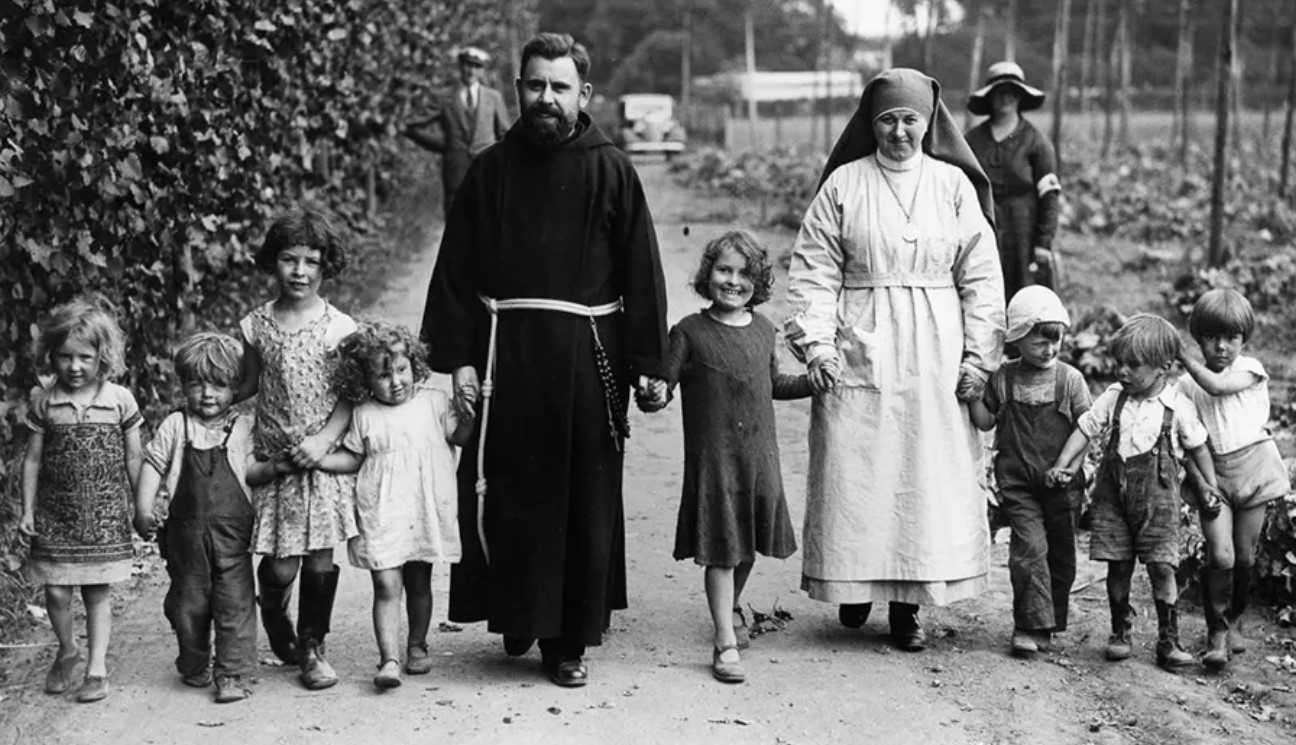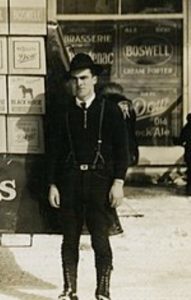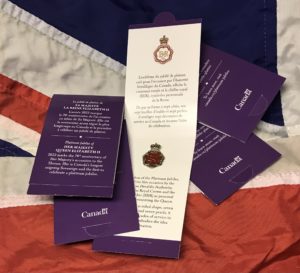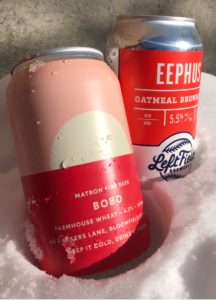 It’s a very busy week. A good tiring busy week. Old pals are coming this weekend. Family visitors left yesterday. And a really tough bit of business negotiations at work Tuesday and Wednesday. Summer. Folk on the move. Including me. Which leaves me tired. But I am bouyed by some of the great beer reading out there this week. Last week was a bit dreary but not this one. I am all a bit… you know… excited by all the jam packed excitement. Practically rippling. As illustrated. Not like Gary. Gary is quiet. Alone. But not alone in being alone. If you know what I mean.*
It’s a very busy week. A good tiring busy week. Old pals are coming this weekend. Family visitors left yesterday. And a really tough bit of business negotiations at work Tuesday and Wednesday. Summer. Folk on the move. Including me. Which leaves me tired. But I am bouyed by some of the great beer reading out there this week. Last week was a bit dreary but not this one. I am all a bit… you know… excited by all the jam packed excitement. Practically rippling. As illustrated. Not like Gary. Gary is quiet. Alone. But not alone in being alone. If you know what I mean.*
Where was I? For starters we see that another great article by Alistair Reece of Fuggled fame has landed in Pellicle, this time about Virginia’s Black Narrows Brewing and how they approach the question of “local”:
Remarkably, almost 90% of his ingredients are sourced from his home state. The majority of his hops are grown about 50 miles down the shore from Chincoteague Island, Josh only brews with malt from Murphy & Rude Malting in Charlottesville, and for his Gose, he uses oyster liquor, the water from inside an oyster shell, sourced from local oyster shucking factories that would otherwise pour it away. The beer that’s perhaps most emblematic of Josh’s dedication to using local ingredients is his corn lager, How Bout It, brewed with an heirloom variety of corn called Bloody Butcher that has been grown on the Eastern Shore since the middle of the 19th century, and which Josh has become a steward of.
I like it. But… dangle, preposition, dangle. I bet it’s proper in the Gaelic. Gotta be, right? And in GBH, we have another excellent piece of writing from David Jesudason about the Jamaican-owned pubs of Brixton, London in the 1960s:
The majority of South London’s Jamaican-owned pubs were located on Coldharbour Lane, a major thoroughfare which runs between the neighborhoods of Brixton and Camberwell. It was a poor area even before members of the Windrush Generation settled in London, and with their arrival came depictions of the area as a ghetto by the white media, even though the newcomers were able to forge a strong sense of community. From the 1960s onwards, Coldharbour Lane witnessed a flowering of Black-owned businesses, especially in and around Brixton Market, including grocers, barbers and record shops.
Excellent. And The Mudgemaster5000 has posted a post with this interesting observation about thems who write about beer and how they may also avoid certain places:
The biggest enemy of cask quality is slow turnover and, while overall volumes have fallen, the number of lines hasn’t dropped to follow suit. There’s nothing like quick sales to paper over a lack of cellarmanship skills. But, while they may be fully aware of the problem, if the people who write about beer seldom experience poor quality themselves, it won’t seem particularly urgent to them. The battle for cask quality is being fought in the outlets that the beer writers and enthusiasts never visit. No doubt this Autumn there will be the usual round of hand-wringing about cask beer quality and declining sales. But, as usual, the industry will sagely nod, dismiss it as someone else’s problem, and move on.
Ron has been describing the English beer trade in the 1970s, including in this post on offerings you might see in an average pub:
Whilst looking for something completely different, I tripped over a series of images for pub price lists from the 1970s. The first thing that struck me was how short some of them were. A couple of draught beers and half a dozen bottled ones. A far narrower offering than in pubs today. The price list we’re looking at today is from John Smith. It doesn’t say that on it, but it’s pretty obvious from the beers. One word of caution. This looks like a generic list, rather than from a specific pub. Not every pub would have sold the full selection of draught beers in the list. Many would have had just a Bitter, Mild, Lager and a Keg Bitter.
Note: 13.5p for a wee Cream Sherry back then. Also note from today’s news: non-alcoholic beer for dogs and for children as well as beer in vending machines as we are told in The Guardian:
Anyone watching the Ashes at Old Trafford this week will have seen the EBars, a wall of mobile vending machines pouring pints at the touch of a button. They were at Manchester international festival last week too, where even those despairing at yet another ancient industry being dehumanised by technology couldn’t resist a pint of Amstel for £4. There are 40 automated EBar kiosks in the UK, popping up regularly everywhere from Murrayfield Stadium in Scotland to Twickenham in London. When Sam Fender played a series of huge homecoming gigs last month at St James’ Park, Newcastle United’s home ground, the EBars were deployed to quench the thirst of thousands of his fans.
What is the fuss? We had one of those in the workplace cafeteria in Holland back in 1986. Or at least one offering wee little Heinekens tinnies for a guilder or two. Speaking of history, Andreas Krennmair did a bit of unpacking this week, tracking the locations of the breweries of Bamburg Germany as described in Das Bamberger Bier, oder praktische, auf chemische Grundsä from 1818. He actually started out thinking that this was a job for our man in Amsterdam but then…
My initial plan was to just send Ron an email with a few corrections, but very quickly I realized that I should turn these into a proper map, not just for myself, but for everyone to look at… When I created this, certain patterns became apparent very quickly. The 65 breweries were not just spread out over the city, but they formed clusters. If you’ve ever been to Bamberg, you may remember how the breweries Spezial and Fässla are opposite of each other. This is not a happy accident, but rather a remnant of basically one big street full of breweries. Only these two breweries remain nowadays, back 200 years ago, the road that was then called Steinweg and is nowadays Untere and Obere Königstraße was home to a whopping 21 (!!) breweries, spanning over just ~400 metres.
Lumpy. Very lumpy. Unlike Stan who issued another edition of Hop Queries reporting on the front lines of the hop glut… which admittedly does sound all a bit lumpy:
It would take an historic disaster to wipe out the surplus of many of the most popular varieties. However, the difference between the Saaz harvest in 2021 (best production 25 years) and 2022 (half of 2021 production) is a reminder that #beerisagriculture. A wildcard this year in the Yakima Valley is “early bloom,” that is plants flowering early after an extremely cold April. It has been most apparent in Centennial, Simcoe and Cluster, but may also negatively impact the yield of other varieties. Adding to the challenge, Eric Desmarais at CLS Farms explained, is that “split bloom” usually accompanies early bloom. What looks from a distance to be one bine climbing a string may be made up to as many as six. What typically happens, he said, is the more advanced bines grow too tall before the longest day of the year and start flowering. “But the shorter vines stay vegetative and are on a more typical flowering schedule . . . and many times flower at the correct or near correct time.”
Yes, beer is agriculture. Not a mystery. Are these the great three sins in beer writing? – (i) brewery owner bios or BOBs, (ii) using a ten dollar word where a fifty cent one will do and (iii) when cornered, defaulting to vauge wanderings of the mind suggesting there is alchemy, magic or mystery in beer.**
Finally and speaking of which, this week’s point of view discussion was led by Boak and Bailey who asked whether beer felt boring. Their latest Substack newsletter includes subheadings like “The thrill is gone” and “Is beer just worse?” Jeff responded saying or at least effectively saying that if you understood beer on as many levels as he does you would understand. I paraphrase. And I jest. But I do disagree with this:
For a good decade, beer was incredibly exciting. Breweries opened like crazy, new styles were reshaping the landscape, and everyone was getting into good beer. For a decade, craft beer was the fun party and everyone wanted to be there. For those of us who got used to that mode of being—or who didn’t know anything else—2023 has the feel of the hangover after the party. We have vague regrets and our moods are dark. A world in which beer isn’t the coolest party in town must be a boring one in which nothing is happening. Time to move on.
See, having spent the last third of my life scribble around here I can confirm my own personal view (and the view of a lot of people if we are honest) has been that beer was actually not all that incredibly exciting at all points in time and that for the most part everyone was not getting into it at all. That was just how the trade promoted it. And the over reaching trade writers wrote about it.*** And, yes, some folks welcomed it. Certainly. But fifteen years ago good beer was also difficult to define as either craft or kraphtt and was already a couple of decades into fobbing off dubious awards. The groundwork was also being established for its own self-inflicted demise which really had hit its stride by 2016. So… it’s been rife with concurrent contrary tensions. Not so much a cycle as a constant pageeant of parallel but conflicting points of view. Yes, we do want to love good beer and good beer culture – but then we notice how utterly unlovable it can be. That all being the case, it is both interesting and dull… and shall always be. Which means both Boak and Bailey as well as Jeff are right – but which of course also means I am righterer. My only goal achieved. Again.
Roll the credits! As per, you can check out the many ways to connect even including at my new cool Threads presence @agoodbeerblog. Have you checked out Threads? They appear to achieved to make social media offer less and less. Brilliant but I never got IG either. Don’t forget the voices on Mastodon, the newer ones noted in bold:
Alan McLeod | A Good Beer Blog (… me…)
Stan Hieronymus | The Man!
Boak & Bailey | The B² experience
Curmudgeon Ale Works | Jonathon is Brewing
Katie Mather | Shiny Biscuit and Corto
David Jesudason | “Desi Pubs” (2023) author
BeoirFest | They say “Let’s Talk Beer”
Ron Pattinson | The RonAlongAThon Himself
Al Reece AKA Velky Al | Fuggled
Jennifer Jordan | US hops historian
Andreas Krennmair | Vienna beer and lager historian
Beer Ladies Podcast | Lisa Grimm and colleagues
The Bar Towel | Toronto’s chat zone for beer lovers
Chicago Beer Society | Folk in Chicago getting social over beer
Jay Brooks | Brookston Beer Bulletin
Joe Stange | Belgian beer expert, beer magazine editor
Cider Bar | Barry makes Kertelreiter cider
Laura Hadland | CAMRA historian and beer writer
Brian Alberts | US beer historian
Jon Abernathy | The Beer Site
Maureen Ogle | US Beer Historian
Lars Garshol | Norwegian Beer Historian and Kveik Hunter
James Beeson | Beeson on Beer
Carla Jean | MAINER!!!
Thandi Guilherme | Beer Ladies Podcast Co-host
Lisa Grimm | Beer Ladies Podcast Co-host
Roy of Quare Swally | Beery ramblings from Northern Ireland
Rob Talksbeer | Podcaster and Youtuber
Anthony Gladman | UK Drinks Writer
Jeff Alworth | Manna Of Beervana
Northwest Beer Guide | Fairly self explanatory… but not NW Latvia…
Evan Rail | Prague based GBH editor, freelance writer, NYT etc.
Todd Alström | 50% of the Alströms
Jacob Berg | Beer talking librarian
Anyone else? And, yes, we also check the blogs, podcasts and newsletters to stay on top of things – including more weekly recommendations from Boak and Bailey every Saturday and Stan at his spot on those Mondays! Get your emailed issue of Episodes of my Pub Life by David Jesudason on many Fridays. And Phil Mellows is at the BritishBeerBreaks. Once a month, Will Hawkes issues his London Beer City newsletter and do sign up for Katie’s now more occassional but always wonderful newsletter, The Gulp, too. Ben’s Beer and Badword is back! And check out the Atlantic Canada Beer Blog‘s weekly roundup. There is new reading at The Glass. Any more? Yes! Check to see the highly recommended Beer Ladies Podcast. And the long standing Beervana podcast . There is the Boys Are From Märzen podcast too and check out the travel vids at Ontario’s own A Quick Beer. There is more from DaftAboutCraft‘s podcast, too. All About Beer has introduced a podcast. There’s also The Perfect Pour. Plus follow the venerable Full Pint podcast. And the Craft Beer Channel on Youtube soon celebrating a decade of vids. And remember BeerEdge, too, and The Moon Under Water… if you have $10 a month for this sort of thing… I don’t. Pete Brown’s costs a fifth of that. There was also the Beer O’clock Show but that was gone after a ten year run but returned renewed and here is the link!
*We note for those who come after us – though I must say I am not sure I ever really ever know what “vibe-check its off-times” really means.
**I am compelled to submit these observations into evidence: (i) “...a writer can change that story, totally take it in a totally different direction, if they so wish and are able to — bit more magical realism needed perhaps?” and (ii) “…there’s nothing wrong with mystery, I try to use it when I can for if you stuck to the plain facts with beer you would have writing on a par with that covering the drainage industry or the world of pallets…“
***I am reminded of a line from an email many years ago from a beer writer to me speaking of another beer writer “…you aren’t an idiot. I don’t think he is either, but he’s chosen this path that includes him making sense of the beer world for all of us. Which, of course, is impossible.” And, no I won’t.




 First up, I had no idea that there had been the perfect TV show for the dedicated indoorsman until the Mudge shared a clip from “
First up, I had no idea that there had been the perfect TV show for the dedicated indoorsman until the Mudge shared a clip from “

 Here I am. Still on vacation but at least at home making dinners rather than forking out for them. Let’s be clear. I am not a cheap date when out and about but at the same time I do have my limits. Big city fun can hit that after a few days so nice to be back in the backyard for week two. Well, once the rain lets up. Gotta say, though, Montreal is my favorite big city even though I am
Here I am. Still on vacation but at least at home making dinners rather than forking out for them. Let’s be clear. I am not a cheap date when out and about but at the same time I do have my limits. Big city fun can hit that after a few days so nice to be back in the backyard for week two. Well, once the rain lets up. Gotta say, though, Montreal is my favorite big city even though I am  Wow. If that is you, get out. What ever it is you do. And one more thing. I hadn’t expected that this beer would be as good as it turned out to be. Glutenburg Pale Ale out of Quebec. A bit of a rarer find in the Ontario LCBO but out there if you check the inventory. Made without barley but perfectly tasty as a base beer in one’s life. Which is what it might become. Through an odd sequence of absolutely low level medical matters it turns out that I may have a degree of gluten intolerance. See, I had to have a small four stitch operation on my right eyelid, which led to an observation about how my left eye sat, which led to a couple of CT scans in nearby quieter county town hospitals which led to an ENT guy sticking a camera into my sinuses, which led to connecting the dots to a very high wisdom tooth, which led to a removal operation, which led to me having a very tiny bit of my skull removed as a door for the wisdom tooth operation. All of which left me breathing better… unless I ate bread. Hmm. Bread made me puff up a bit. All over. Unpleasantly so on rare occasions. And feel like I had hay fever. Stuffed. So I dropped bread. Clearer head. Breathing better. Had a beer. All came back. Uh oh. So I bought this beer. Didn’t come back. Hmm. I had put the feeling when having a beer down to water bulking up or general alcohol reaction but it appears to be a third aspect of the beer – the gluten. Going to keep up the experiment for a bit. All of which I mention as ungraphically as I can as a recommendation to try it yourself for a week perhaps. See, being puffed is not good. Tiny important passages restrict. Blood pressure rises. Things not ticking along optimally. Leads to other things… more serious things.
Wow. If that is you, get out. What ever it is you do. And one more thing. I hadn’t expected that this beer would be as good as it turned out to be. Glutenburg Pale Ale out of Quebec. A bit of a rarer find in the Ontario LCBO but out there if you check the inventory. Made without barley but perfectly tasty as a base beer in one’s life. Which is what it might become. Through an odd sequence of absolutely low level medical matters it turns out that I may have a degree of gluten intolerance. See, I had to have a small four stitch operation on my right eyelid, which led to an observation about how my left eye sat, which led to a couple of CT scans in nearby quieter county town hospitals which led to an ENT guy sticking a camera into my sinuses, which led to connecting the dots to a very high wisdom tooth, which led to a removal operation, which led to me having a very tiny bit of my skull removed as a door for the wisdom tooth operation. All of which left me breathing better… unless I ate bread. Hmm. Bread made me puff up a bit. All over. Unpleasantly so on rare occasions. And feel like I had hay fever. Stuffed. So I dropped bread. Clearer head. Breathing better. Had a beer. All came back. Uh oh. So I bought this beer. Didn’t come back. Hmm. I had put the feeling when having a beer down to water bulking up or general alcohol reaction but it appears to be a third aspect of the beer – the gluten. Going to keep up the experiment for a bit. All of which I mention as ungraphically as I can as a recommendation to try it yourself for a week perhaps. See, being puffed is not good. Tiny important passages restrict. Blood pressure rises. Things not ticking along optimally. Leads to other things… more serious things.








